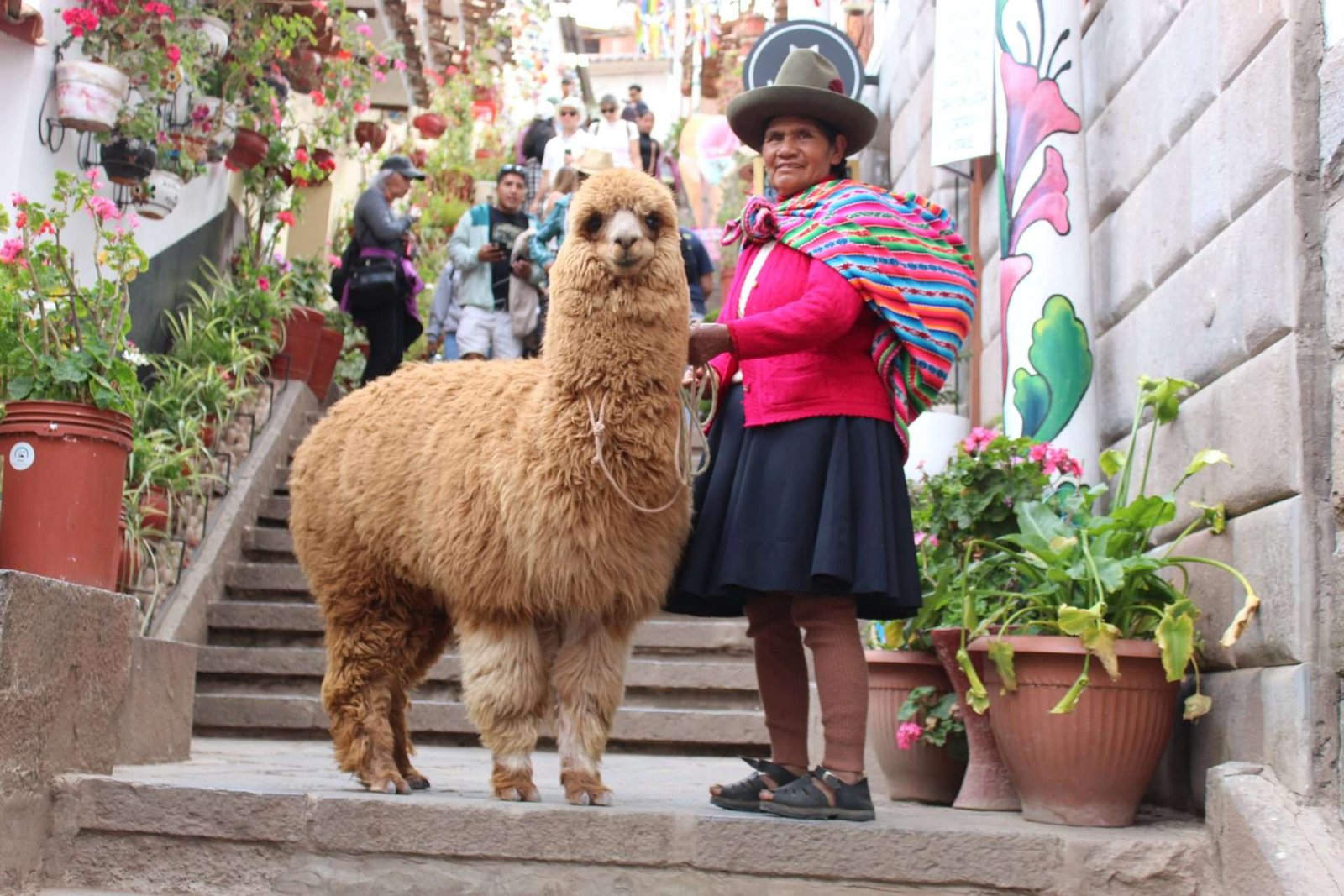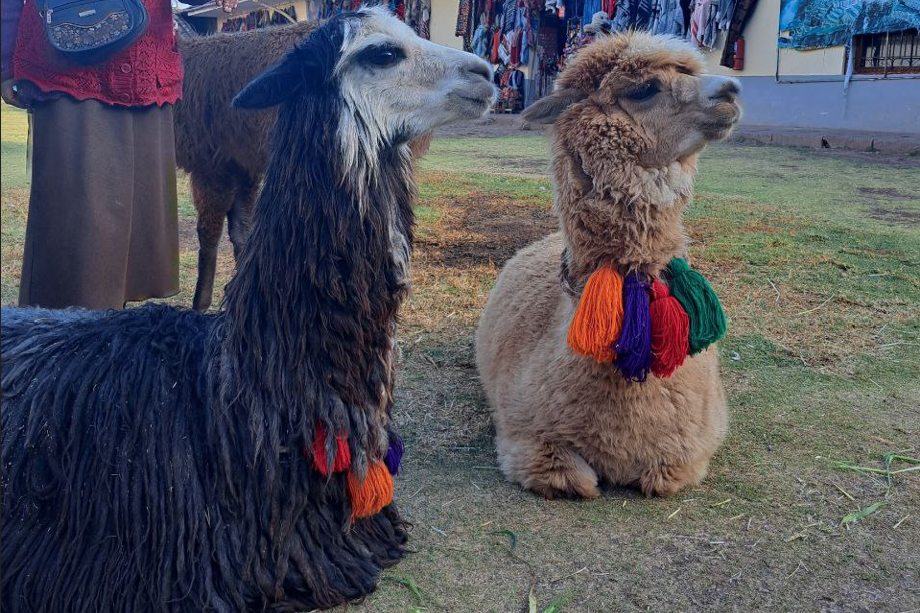
When people think of Peru, they often envision Machu Picchu, delicious food, the Amazon rainforest, and a rich history. In recent years, there has been an increasing interest in products made from alpaca wool. As a result, alpaca wool and the associated products have become a significant market that has grown exponentially over the past decade, thanks to their exceptional quality and durability.
This guide goes over some common questions you might have when you’re thinking about buying alpaca products. We’ll cover their quality and different types, how to spot a real product, what price ranges to expect, and where you can pick up some great alpaca goodies.
- Alpaca Wool
- Types of Alpaca
- Qualities of Alpaca Products
- Where Can I Find Alpaca Products?
- Prices
- Feel
- Recommendations
Alpaca Wool
Alpaca wool is a luxurious, natural fibre celebrated for its exceptional softness comparable to cashmere, remarkable warmth due to a hollow fibre structure, lightweight feel, and hypoallergenic nature because it lacks lanolin. It is also durable, resistant to pilling and wrinkling, and naturally moisture-wicking with water-resistant properties.
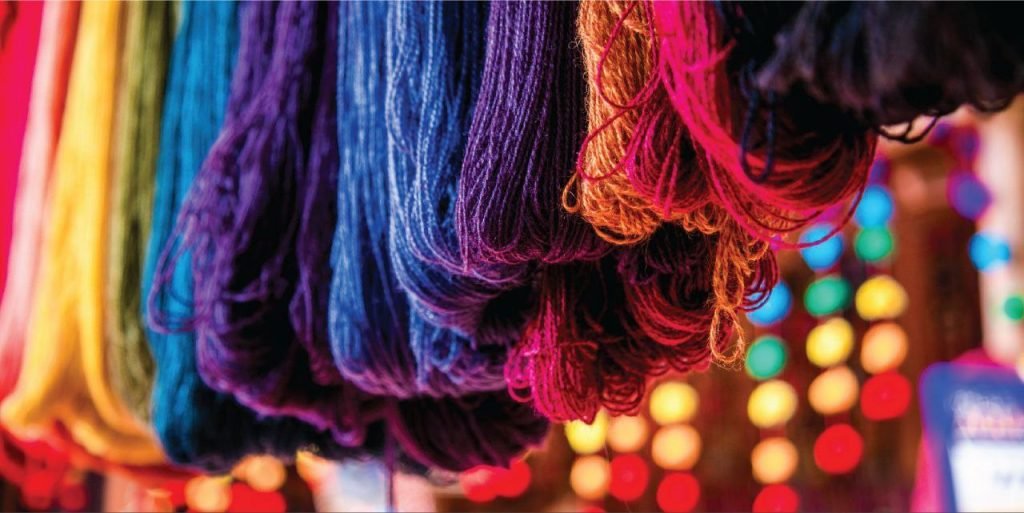
Types of Alpaca
There are two main varieties of alpaca wool.
Huacaya alpaca wool
Is the most common variety, representing about 85–90% of the global alpaca population. Its fibres are fluffy, crimped, and soft, resembling sheep’s wool in look and feel but with greater softness and less itchiness. This texture makes it perfect for knitting and creating warm, cozy garments such as sweaters, scarves, hats, and blankets. Additionally, Huacaya wool has natural elasticity, which provides excellent insulation and resilience.

Suri alpaca wool
This is much rarer, making up only about 10–15% of the alpaca population worldwide. Its fibres are long, silky, and lustrous, creating elegant, flowing locks that give the wool a smooth and shiny appearance. Unlike Huacaya wool, Suri wool lacks crimp, resulting in a drapier and more fluid fabric. Due to its luxurious texture and sheen, Suri alpaca wool is often reserved for high-end fashion items, such as tailored suits, evening gowns, and luxury outerwear. Its rarity and refined quality make it especially valued in the textile and fashion industries.
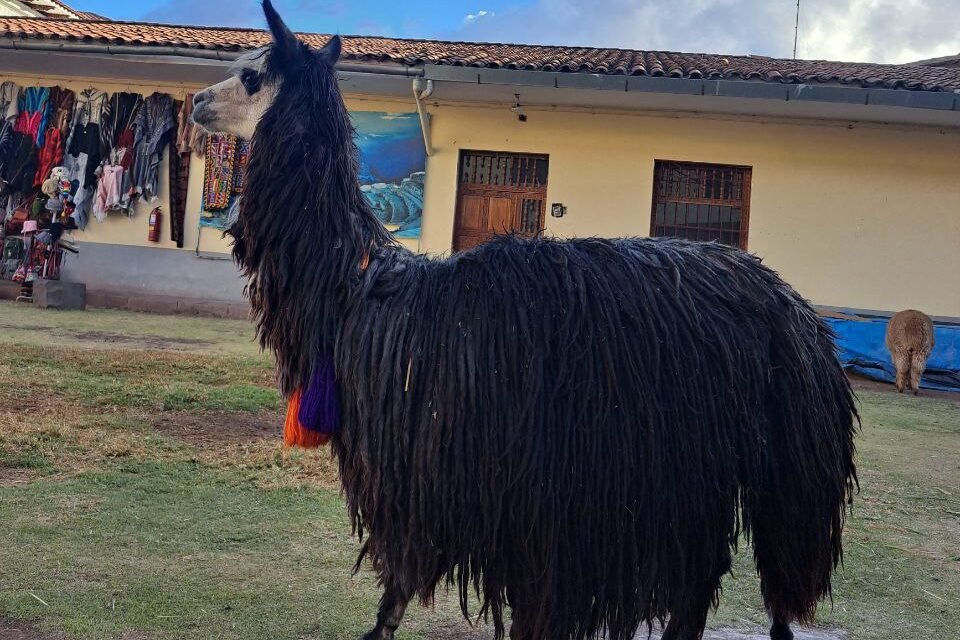
Qualities of Alpaca Products
We can find four different types of products based on their quality.
Baby Alpaca
Baby alpaca is considered the finest and softest grade of alpaca fibre, derived from the first shearing of adult alpacas, not from young animals. With a fibre diameter of under 22.5 microns, it offers a luxurious softness comparable to cashmere, along with excellent warmth, lightweight properties, and hypoallergenic features. Highly valued for its superior quality, baby alpaca is commonly used in high-end garments such as scarves, sweaters, and shawls, and it commands the highest price among alpaca products.
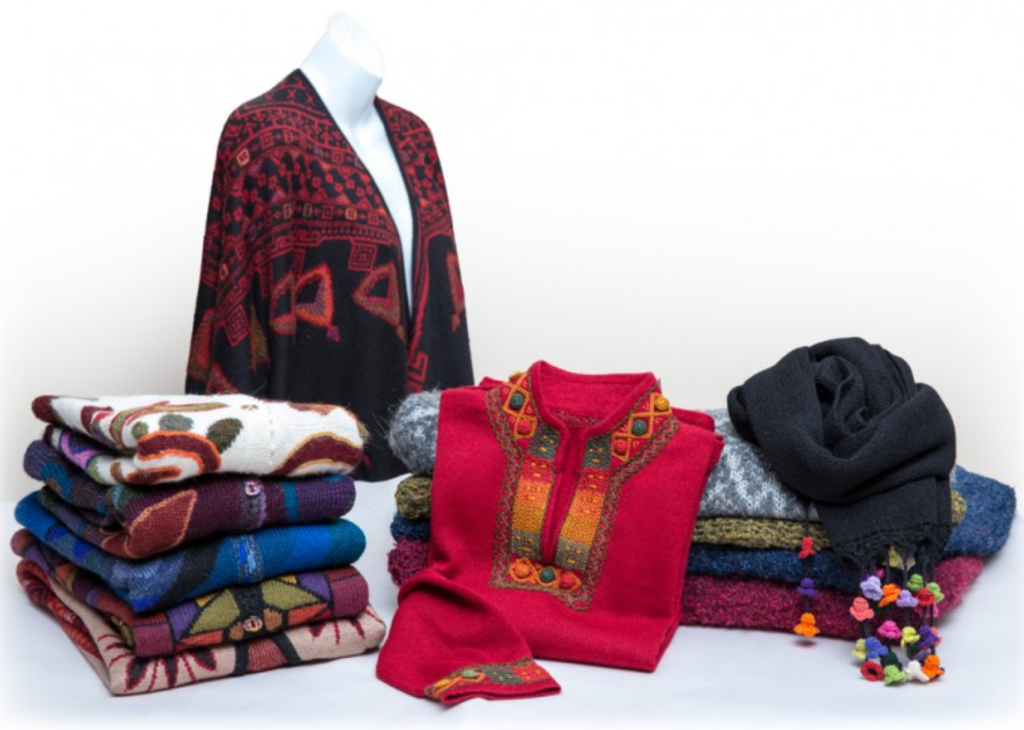
Alpaca Wool (Regular/Adult Alpaca)
Regular alpaca wool comes from fully grown alpacas and has a slightly coarser fibre diameter, ranging from 25 to 30 microns, compared to baby alpaca wool. However, it is still much softer and warmer than traditional sheep’s wool. This type of wool retains all the essential benefits of alpaca fibre, including durability, insulation, and hypoallergenic properties. It is commonly used in everyday items such as ponchos, sweaters, blankets, and coats, providing a good balance of comfort, warmth, and affordability.

Alpaca Blend
Alpaca blend products consist of a mix of alpaca wool (typically containing at least 20%) combined with other fibres such as sheep wool, acrylic, or polyester. These blends aim to capture some of the softness and warmth of alpaca wool while being more affordable. However, the quality can vary significantly depending on the specific blend used. Alpaca blends are commonly found in mid-range fashion items and souvenirs, including gloves, scarves, and sweaters, providing a budget-friendly alternative to pure alpaca wool.
Synthetic “Alpaca” (Faux Products)
Synthetic “alpaca” products are made entirely from artificial fibres like acrylic or polyester and do not contain any actual alpaca wool, despite being marketed as such, particularly in tourist markets. These items are inexpensive and mass-produced, lacking the softness, warmth, breathability, and durability of genuine alpaca wool. Although they may visually resemble authentic alpaca garments due to a process that brushes the fabric to create a softer feel, they do not offer the same functional qualities and are considered to be of the lowest quality and authenticity.

Where Can I Find Alpaca Products?
The main locations where you can find alpaca wool and alpaca products are Arequipa, Cusco, and Lima, as these cities host the manufacturing companies. It is important to know that good-quality alpaca products are often available in boutique stores. These products are typically registered and can provide a certificate of authenticity, confirming that they are made from 100% alpaca wool and detailing the type of wool used. In addition to the manufacturer shops, I can personally recommend several companies:
Always be aware that fake alpaca and imitations are commonly found in souvenir markets and the streets of major cities in Peru. Most vendors will try to sell them to you as “real alpaca.”
Prices
Products made from 100% alpaca wool are generally priced in the mid to high-end range, reflecting the fibre’s exceptional quality, warmth, and durability. Prices can vary based on the type of item, the level of craftsmanship, and whether the product is made from regular alpaca wool or the finer baby alpaca fibre. For instance, scarves and hats typically range from $40 to $100, while sweaters, ponchos, and coats usually cost between $100 and $300 or more. Handcrafted or designer pieces, especially those made from baby alpaca, can exceed these price ranges. Although these items are more expensive than synthetic or blended alternatives, 100% alpaca products are considered a worthwhile investment due to their longevity, comfort, and timeless appeal.
Feel
Alpaca wool possesses several remarkable properties that contribute to its longevity. This natural fibre is renowned for its exceptional softness, warmth, and lightweight feel. Due to its hollow-core fibres, it offers excellent insulation while remaining breathable and comfortable. Unlike sheep’s wool, alpaca wool is free from lanolin, making it hypoallergenic and suitable for individuals with sensitive skin.

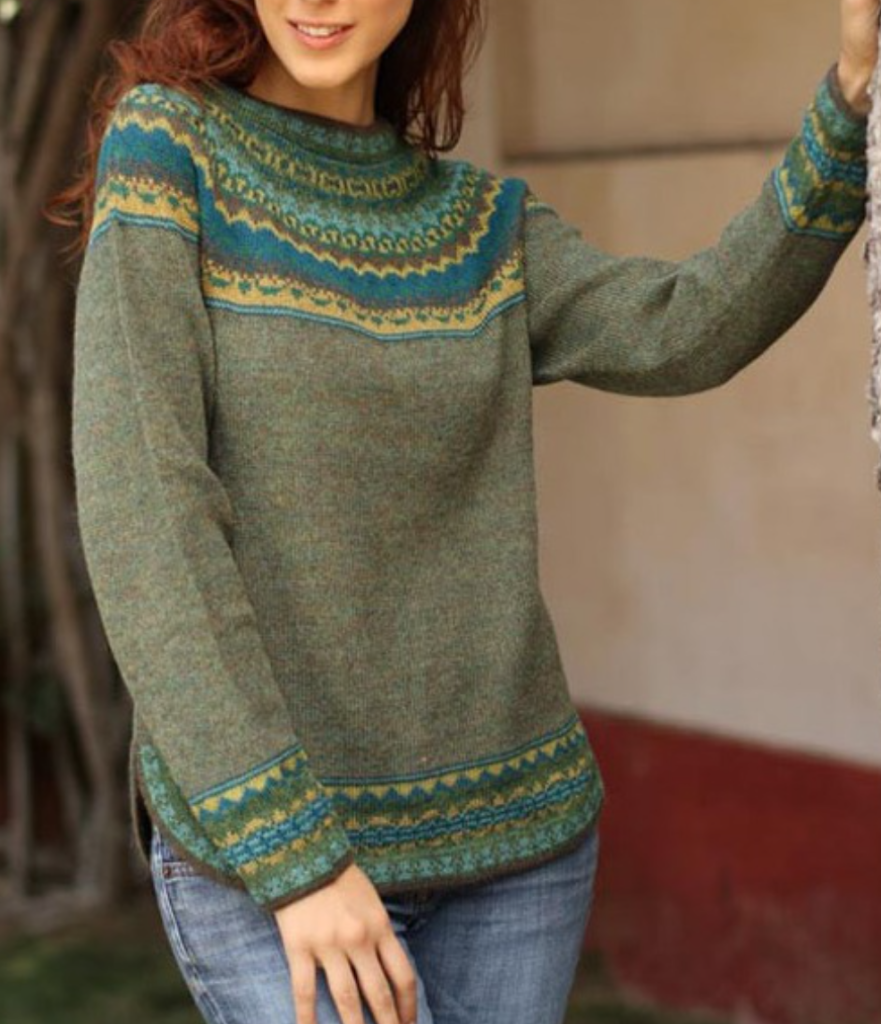
In addition to its softness, alpaca wool is highly durable, resisting pilling, stretching, and wrinkling. It also features moisture-wicking and water-resistant properties that help regulate body temperature. Furthermore, alpaca wool is an eco-friendly fibre, as alpacas have a low environmental impact and their wool requires minimal processing.
A good way to identify genuine alpaca products is by their colour; they lack the shiny finish of other fabrics. Alpaca wool feels cool to the touch initially but adjusts to body temperature, providing comfort in both hot and cold weather.
Recommendations
When purchasing alpaca products, look for labels that indicate “100% alpaca” or “baby alpaca” to ensure authenticity and quality. Avoid synthetic imitations often found in tourist markets. Choose well-made garments with tight, even stitching and opt for reputable brands or artisans whenever possible.
To extend the life of your alpaca items, hand wash them in cold water using a gentle detergent, or dry clean them if recommended. Avoid wringing or twisting the fabric; instead, gently press out the water and lay the items flat to dry. Store garments folded (not hung) to prevent stretching, and keep them in a cool, dry place with natural moth repellents like lavender or cedar. With proper care, alpaca products can maintain their softness, shape, and warmth for many years.
If you would like more information about purchasing an alpaca in Cusco, please read my article HERE.

